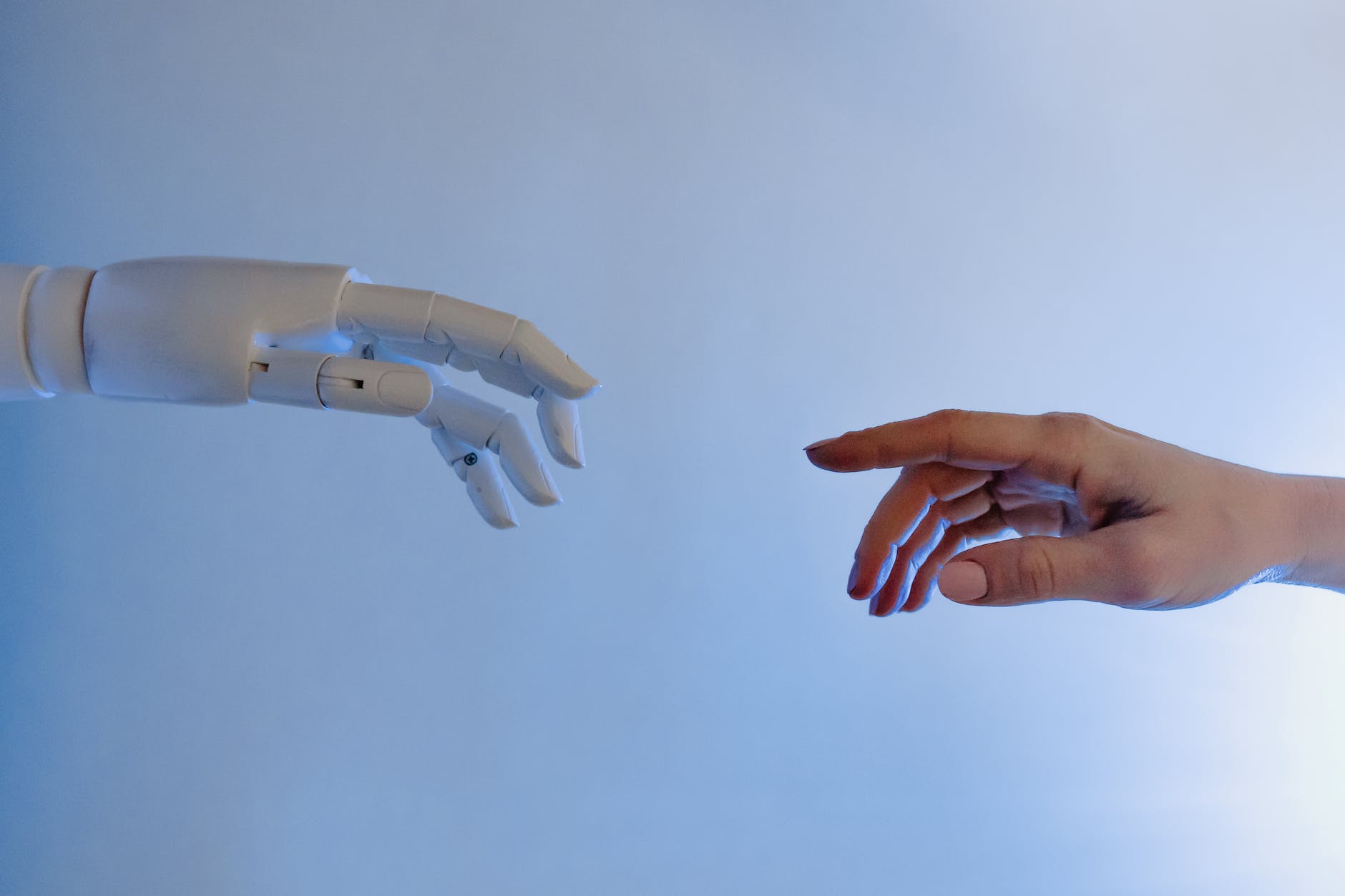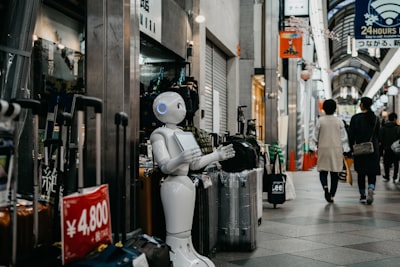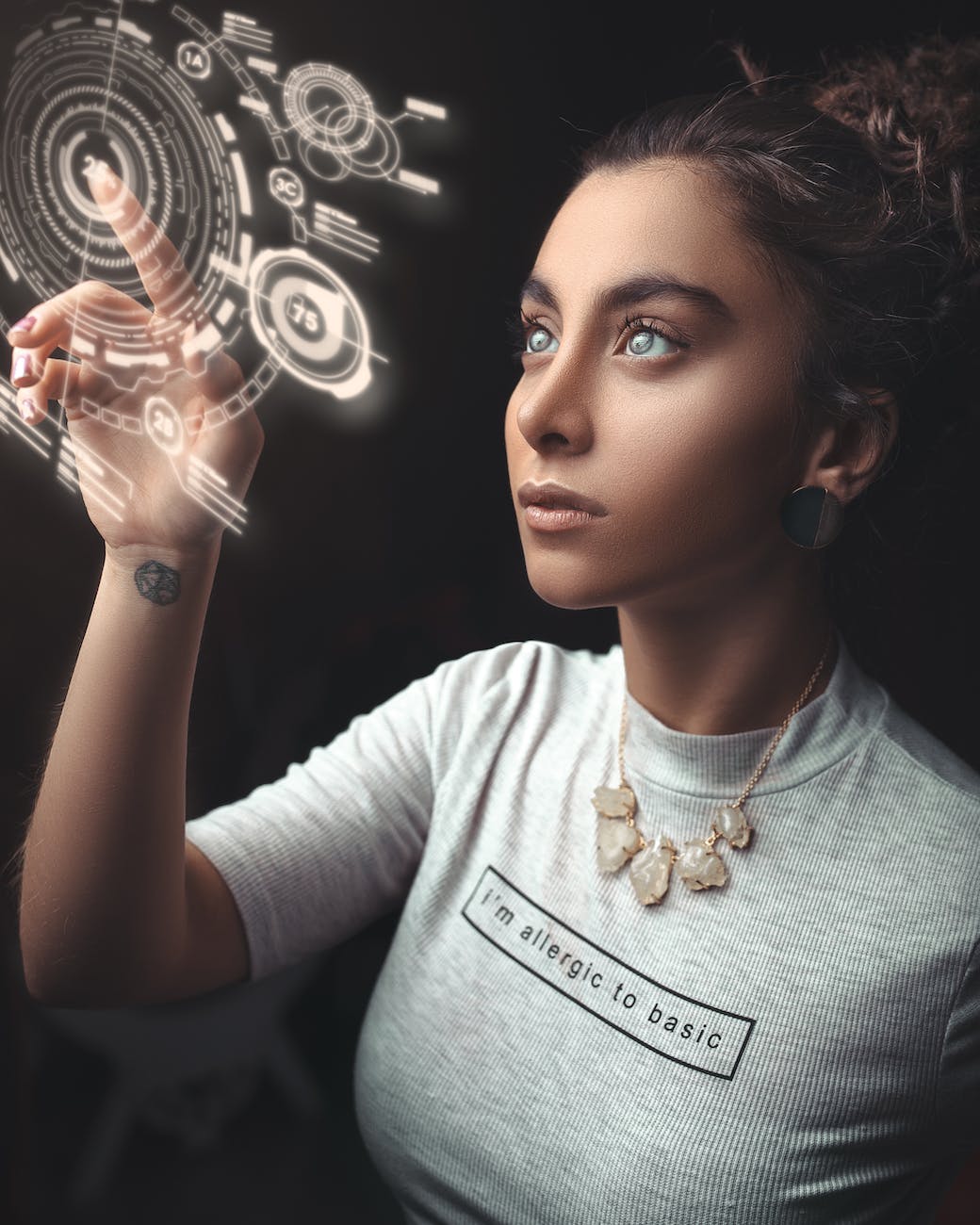
The Future of Robotics: Integrating AI in Robots
AI in Robots
The integration of artificial intelligence AI in Robots is taking the world by storm. With advancements being made in various industries. In this blog, we will dive into what AI in robotics is and how it can benefit different sectors.
We’ll also explore the difference between robotics and AI and take a closer look at key terminology in these fields. Furthermore, we’ll highlight real-world applications of robotics and AI, focusing on how they are transforming healthcare through robots like Sophia. Lastly, we’ll examine how AI is enhancing robotic capabilities and what the future holds for these incredible technologies.

What is AI in Robots?
AI in Robotics involves utilizing artificial intelligence to design and operate robots. This enables them to learn, adapt, and make decisions based on their surroundings. Also leading to improvements in efficiency, accuracy, and safety across industries. AI-powered robots, such as surgical robots or self-driving cars, are just a few examples of its applications.
Integration of AI in Robotics
The integration of AI in Robotics has ushered in a new era where ai-powered robots can learn from their surroundings. Making them more efficient and effective while improving safety standards in various industries such as healthcare and manufacturing.
Surgical robots capable of performing complex surgeries with high precision demonstrate the potential for AI-powered machines. These intelligent machines can complete tasks that were previously impossible for human workers due to limitations such as endurance or strength. The use of predictive analytics and natural language processing (NLP) along with computer vision sensors and deep learning algorithms will ensure real-time decision-making capabilities for Ai Robots.
Understanding the Benefits of AI in Robotics
AI in Robotics has revolutionized the way machines function. With advanced technologies like machine learning, sensors, algorithms and computer vision integrated with robotics, AI-powered robots can adapt to their surroundings efficiently.
One of the most significant advantages of AI in Robotics is its ability to make decisions based on real-time data using predictive analytics and natural language processing (NLP). This technology enables robots to understand human speech and complete tasks that previously required human intervention.
Additionally, they can detect potential hazards and take preventative measures for a safer work environment. By reducing the need for human labor through automation and intelligent machines, businesses can save costs while increasing productivity.
AI-powered Robots in Healthcare
The future of robotics lies in integrating artificial intelligence (AI) into robots. AI-powered robots have already revolutionized the healthcare industry with their ability to perform complex surgeries with precision and assist healthcare professionals in diagnosing diseases while developing personalized treatment plans.
These intelligent machines provide round-the-clock attention and monitoring while reducing healthcare costs without compromising efficiency or quality of care. With advanced algorithms and machine learning techniques such as predictive analytics and natural language processing (NLP), these robots can detect potential hazards before they even occur.
Autonomous mobile robots are also being utilized across various industries like hospitality and manufacturing where they complete tasks that were once performed by human workers. As advancements in AI technology continue to push boundaries beyond science fiction films like Hollywood’s “I Robot,” the integration of AI into robotics is set to change our daily lives in ways we never imagined.
How Sophia is revolutionizing the healthcare industry
Sophia, the intelligent humanoid robot equipped with artificial intelligence (AI) and machine learning capabilities, is disrupting the healthcare industry by performing complex surgeries with greater precision and accuracy. This service robot can interact with humans and perform tasks autonomously, such as assisting doctors and nurses in patient care or monitoring vital signs.
Predictive analytics and natural language processing (NLP) enable Sophia to learn from its experiences and adapt to new situations. The integration of AI robotics in healthcare can improve patient care by providing 24/7 attention and monitoring while reducing costs. AI-powered robotics like Sophia are transforming not just healthcare but also various industries such as hospitality, mining, space exploration, assembly lines, and more.
Robotics and Artificial Intelligence: What’s the Difference?
Designing and building machines that can operate on their own or with human assistance, while AI refers to machines’ ability to learn, reason, and make decisions based on data. Robotics can use AI to develop more sophisticated machines. Although distinct fields, they often intertwine in advanced technology development.
Key Terminology in Robotics and AI
The field of Robotics involves designing, building, and operating robots that can perform tasks autonomously or with human guidance. Artificial Intelligence (AI), on the other hand, refers to the simulation of human intelligence processes by machines. These two fields are often used together to create more advanced and intelligent robots that can learn from their experiences and adapt to new situations through machine learning algorithms.
Robotics focuses mainly on physical machines such as robotic arms, drones, autonomous mobile robots, humanoid robots, assembly line automation, industrial robots, service robots for hospitality purposes etc., whereas AI focuses on programming these machines using deep learning algorithms to make decisions based on data without any human intervention. In addition to this, AI in robotics also involves predictive analytics techniques such as natural language processing (NLP) and computer vision that help the machines understand natural language and interpret visual images respectively.
Emerging Technologies in Robotics and AI
As robotics focuses on designing and operating robots while AI deals with their intelligent functioning by performing tasks requiring human intelligence such as machine learning via deep learning algorithms or computer vision-based analysis along with NLP enabled predictive analytics.
The incorporation of these emerging technologies has significantly enhanced robotic capabilities leading to increased adoption across various sectors ranging from healthcare to space exploration. Furthermore, autonomous vehicles are no longer science fiction as companies like Google and Amazon are developing self-driving cars.
The coming years will see further technological advancements in robotics and AI leading to sophisticated humanoid robots complete with robotic arms or drones for industrial applications such as assembly lines by Miso Robotics or Boston Dynamics’ service robots for use in healthcare or hospitality.
Real-world Applications of Robotics and AI
The emergence of robotics and AI integration has revolutionized various industries by developing autonomous mobile robots, humanoid robots, drones, robotic arms, assembly-line automation, service robots for hospitality, and much more.
With deep learning algorithms and sensors at their core, AI robotics provides predictive analytics and supports natural language processing (NLP) to perform sophisticated tasks via voice commands like Alexa or Siri. Along with Hollywood’s science fiction movies featuring intelligent machines like Sophia from Hanson Robotics or Boston Dynamics’ Atlas robot capable of navigation and manipulation around obstacles like human beings, real-world applications include mining operations by Miso Robotics’ Flippy robot or Amazon’s warehouse automation with Kiva robots moving products between warehouses.
How AI is Enhancing Robotic Capabilities
The integration of artificial intelligence (AI) in robotics has revolutionized the way we look at robots. Various industries such as healthcare are already benefiting from the use of AI in robots by improving productivity and safety.
Autonomous mobile robots equipped with sensors and machine learning algorithms can work alongside human workers in a collaborative manner. Robotics arms are being used for industrial applications such as assembly lines while drones are being used for mining purposes.
With advancements in computer vision techniques like natural language processing (NLP). Service robots like Alexa, Siri, or Sofia can now understand natural language commands. The use of AI in robotics is not limited to industrial applications only. It is also being used in daily lives like autonomous vehicles or even Hollywood movies portraying humanoid robots like those developed by Boston Dynamics or Miso Robotics for hospitality tasks.
The Future of Robotics and AI
Experts anticipate that the integration of artificial intelligence (AI) in robotics will drive significant advancements across various industries. By enabling robots to learn and adapt to new situations using machine learning algorithms and sensors. AI-powered robots are better equipped for performing complex tasks accurately and efficiently.
The benefits of incorporating AI into robotics are extensive. They help improve productivity and safety while interacting more effectively with human workers. The application of these intelligent machines extends beyond traditional industrial applications. Such as assembly lines with service robots becoming increasingly popular in hospitality and healthcare sectors.
These autonomous machines have become an essential part of our daily lives. Through voice assistants such as Alexa or Siri and are set to explore space or support mining activities.
Related Articles
- Robots humanoid
- Types of humanoid robots
- Applications of humanoid robots
- Humanoid robot concept art
- Robots with Emotions
Can a robot have an AI?
Yes, a robot can have an AI (Artificial Intelligence). Many robots today are designed to incorporate AI technologies. Such as machine learning and computer vision to enable them to perform tasks more autonomously and efficiently.
Conclusion
In conclusion, the integration of AI in robotics has opened up a world of possibilities. From healthcare to manufacturing, the use of AI-powered robots has revolutionized the way we work and live. These machines are not just improving efficiency and precision but also reducing human error and risk.
The future of robotics looks bright, with emerging technologies like machine learning, computer vision, and natural language processing being integrated into robots.
As we move forward, it is important to keep in mind that these machines are here to assist us and make our lives easier. To learn more about the exciting world of robotics and AI, stay tuned for our upcoming Instagram on the latest trends and innovations in this field.

